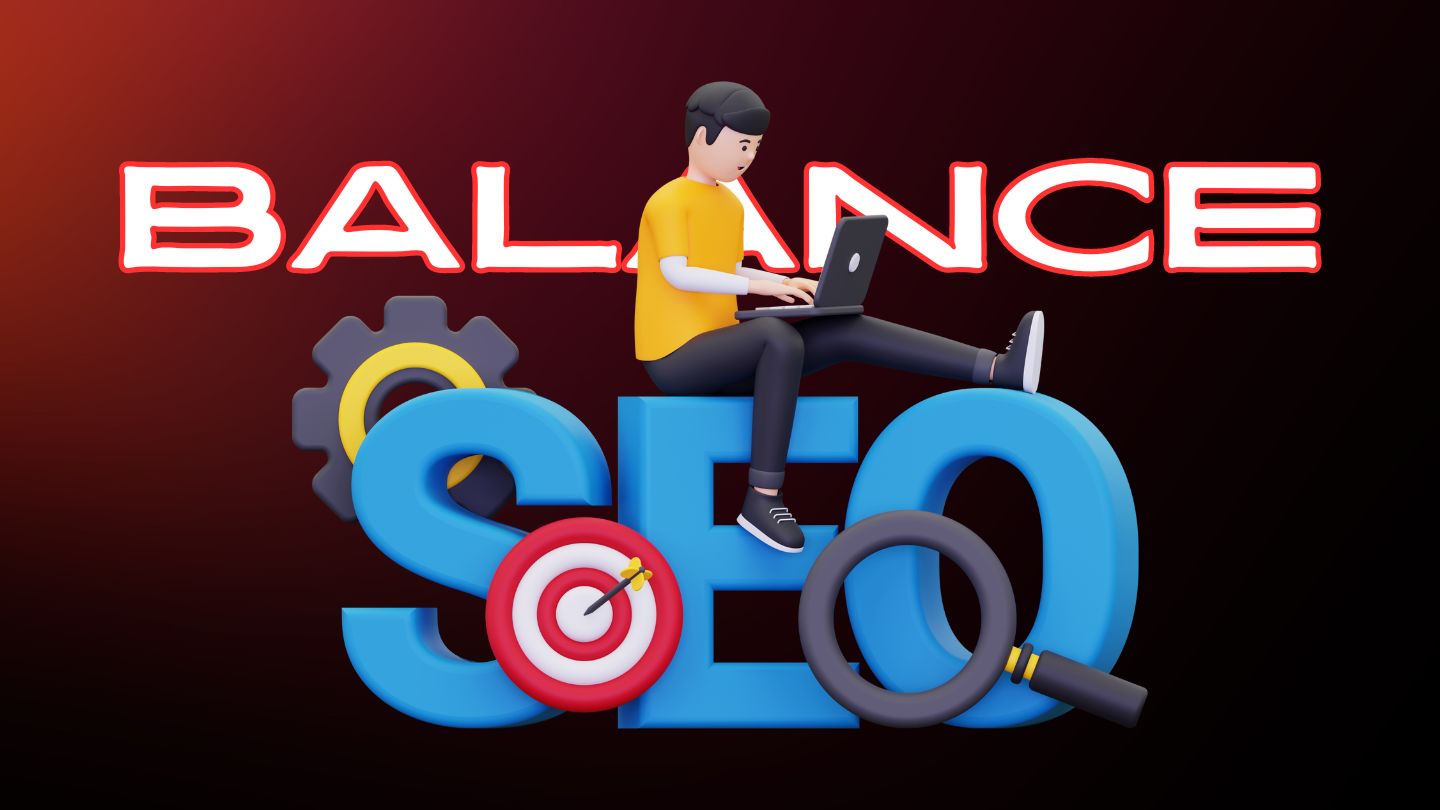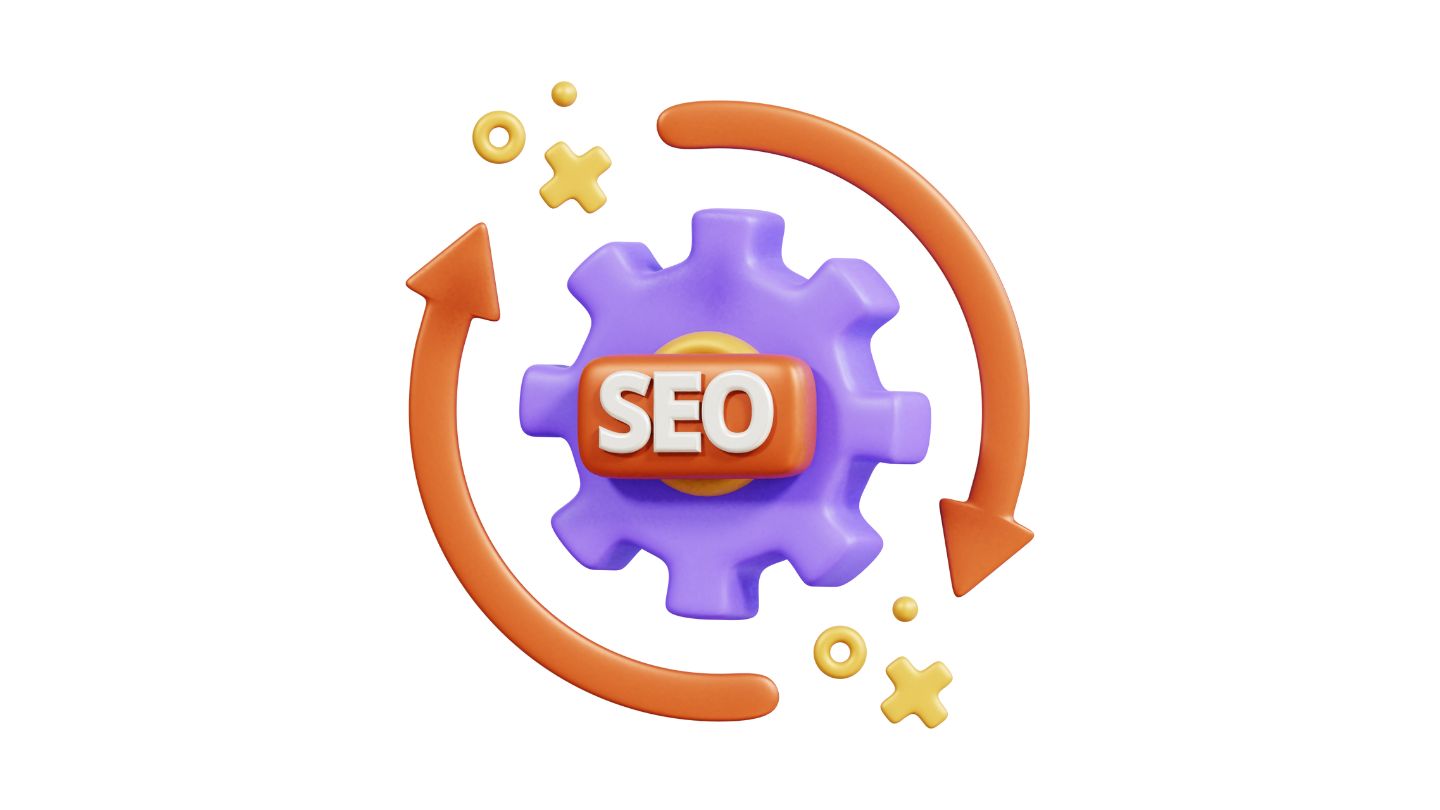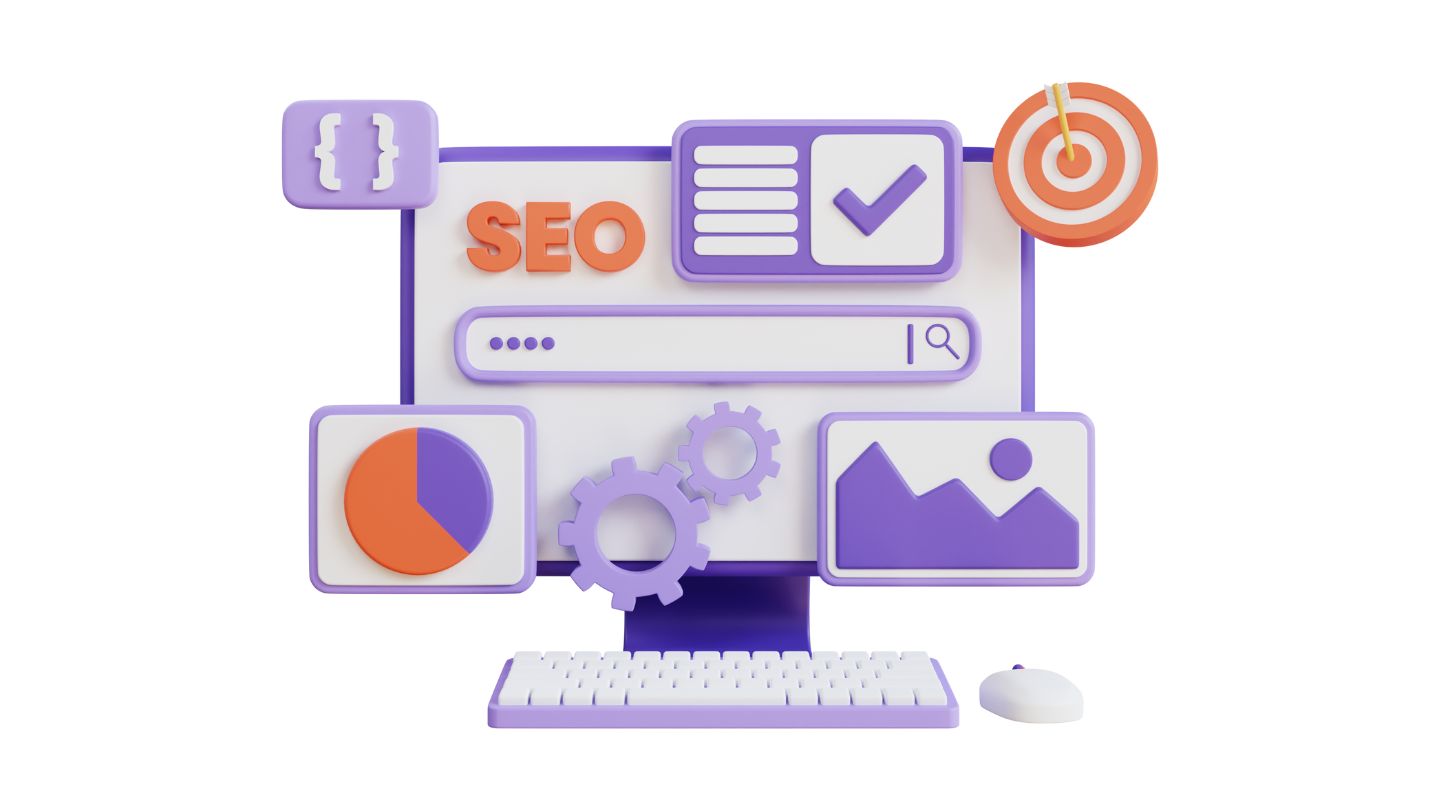Introduction to SEO
1.1 What is SEO?
Search Engine Optimization (SEO) is like a map that helps search engines like Google understand what your website is about and where it should rank in search results. When someone searches for something online, they type in certain words or phrases, and SEO is about making sure your website shows up when those words or phrases are searched for.
Imagine the internet is a huge library, and your website is a book in that library. SEO is like making sure your book has a clear title, the right keywords, and is organized in a way that makes it easy for the librarian (the search engine) to find and recommend to readers (users searching online).
So, when we talk about SEO, we’re talking about doing things to your website that help it become more visible to people searching online. This visibility is crucial because the higher your website ranks in search results, the more likely people are to click on it and visit your site.
Related Topic:
What is SEO and How it Works in 2024
What Do You Need To Balance When Doing SEO: 7 Useful Tips
1.2 Why is SEO Important?
Remember the most recent time you looked for something online. Did you scroll through several pages of search results, or did you click on one of the first few links? Chances are, you clicked on one of the top results. That’s because most people don’t bother looking beyond the first page of search results.
This is why SEO is so important. By optimizing your website for search engines, you increase the chances of it appearing at the top of search results. And when your website is at the top, more people see it, visit it, and potentially become customers.
In simple terms, SEO helps your website stand out in a crowded online world. It’s like putting up a big sign that says, “Hey, come check out my website!” And the more people who see that sign, the more visitors—and potential customers—you’ll get.
So, whether you’re running a small blog, an e-commerce store, or a big corporation, SEO is essential for getting your website noticed and attracting more traffic, leads, and sales.
Related Topic:
Why Seo Is Important: Top 15 Step-by-Step Guide
The Balancing Act of SEO
2.1 Balancing Keywords and User Experience
Keywords are like signposts that tell search engines what your content is about. When someone searches for something online, search engines look for those signposts to decide which websites are most relevant to show in the search results. So, using the right keywords is crucial for SEO.
However, there’s a catch. If you stuff your content with too many keywords, it can feel unnatural and spammy to users. Imagine reading a paragraph that repeats the same word over and over again—it’s annoying, right? That’s why it’s important to balance keyword optimization with providing a good user experience.
To strike this balance, focus on using keywords naturally within your content. Write for humans first, not search engines. Make sure your content is helpful, informative, and easy to understand. If you do this well, not only will search engines appreciate your efforts, but so will your website visitors.
2.2 Quality Content vs. Quantity
In the world of SEO, there’s often a debate about whether it’s better to have lots of content or just a few pieces of really high-quality content. The truth is both quantity and quality matter.
Having a lot of content can help improve your website’s visibility because it gives search engines more pages to index and shows in search results. However, if that content is low-quality, poorly written, or not helpful to users, it won’t do you much good.
On the other hand, having fewer pieces of high-quality content can also be beneficial. This type of content tends to attract more links, shares, and engagement, which can signal to search engines that your website is authoritative and trustworthy.
To find the right balance, aim to produce a mix of both quantity and quality. Cover a variety of relevant topics that your audience cares about, but make sure each piece of content is well-researched, well-written, and provides real value to your readers.
2.3 On-Page SEO vs. Off-Page SEO
SEO has two big parts: on-page SEO and off-page SEO.
On-page SEO involves optimizing elements on your actual website, like meta tags, headings, and internal links. These are things you have direct control over and can optimize to improve your website’s visibility in search results.
Off-page SEO, on the other hand, focuses on activities outside your website that can impact your rankings. This involves stuff like making links, using social media, and reaching out to people who influence others. While you may not have direct control over these factors, they can still have a big impact on your website’s search visibility.
Balancing efforts between on-page and off-page SEO is crucial for comprehensive optimization. While on-page SEO lays the foundation for your website’s visibility, off-page SEO helps build authority and credibility in the eyes of search engines. By focusing on both, you can improve your chances of ranking higher in search results.
2.4 Technical SEO and Content Creation
Technical SEO involves optimizing the technical aspects of your website to improve its search visibility. This involves stuff like how fast your site is if it works well on phones, and if search engines can easily go through it. While technical SEO may not be as glamorous as creating content, it’s just as important.
Think of technical SEO as the infrastructure that supports your content. If your website isn’t technically sound, all the great content in the world won’t help you rank higher in search results. That’s why it’s important to balance technical optimizations with content creation.
Make sure your website is fast, easy to navigate, and accessible on all devices. Pay attention to things like URL structure, schema markup, and XML sitemaps. By ensuring your website is technically sound, you create a solid foundation for your content to thrive.
2.5 Short-Term Gains vs. Long-Term Success
In the world of SEO, it can be tempting to chase quick wins and shortcuts to improve your rankings overnight. However, many of these tactics can be risky and may result in penalties from search engines.
Balancing short-term gains with sustainable, long-term strategies is essential for lasting success in SEO. While some tactics may yield quick results, they often come with a high risk of being penalized by search engines. Instead, focus on building a strong foundation for your website by following best practices and creating high-quality content.
Invest in strategies that will benefit your website in the long run, even if they take longer to see results. This includes things like building relationships with other websites in your industry, earning high-quality backlinks, and consistently producing valuable content for your audience.
By balancing short-term gains with long-term success, you can ensure your website maintains its visibility and ranking over time, ultimately driving more traffic, leads, and sales in the long run.
Tools and Resources for Balancing SEO
3.1 Keyword Research Tools
Finding the right words people search for is super important for making your SEO plan work. These tools help you identify the words and phrases people are using to search for information online, allowing you to optimize your content accordingly.
Google Keyword Planner is a free tool provided by Google that allows you to research keywords and get insights into their search volume and competition. SEMrush and Ahrefs are more advanced tools that offer in-depth keyword research capabilities, as well as competitor analysis and other SEO insights.
By using these tools, you can uncover valuable keywords to target in your content, understand their search volume and competition, and ultimately improve your website’s visibility in search results.
3.2 Analytics Platforms
Analyzing your website’s performance is crucial for understanding how your SEO efforts are paying off and identifying areas for improvement. Analytics platforms like Google Analytics and Google Search Console provide valuable insights into your website’s traffic sources, user behavior, and keyword rankings.
Google Analytics tracks metrics like website traffic, user demographics, and user engagement, allowing you to see which pages are performing well and which ones need optimization. Google Search Console, on the other hand, focuses specifically on your website’s presence in Google search results, providing data on keyword rankings, click-through rates, and more.
By regularly monitoring these analytics platforms, you can gain valuable insights into how users are finding and interacting with your website, allowing you to make informed decisions to improve your SEO strategy.
3.3 SEO Plugins and Extensions
For websites built on platforms like WordPress, SEO plugins and extensions offer valuable tools to optimize on-page elements and improve SEO performance.
Plugins like Yoast SEO and Rank Math provide features like on-page optimization, XML sitemap generation, and breadcrumb navigation, making it easy to optimize your content for search engines. These plugins also offer guidance on improving your content’s readability, keyword density, and meta tags, helping you create SEO-friendly content.
By using SEO plugins and extensions, you can ensure your website is optimized for search engines and maximize its visibility in search results.
3.4 Content Creation Tools
Creating high-quality content is essential for SEO success, but it’s not always easy to write well-written, error-free content. That’s where content creation tools like Grammarly and Hemingway Editor come in.
Grammarly is a writing assistant that helps you write clear, mistake-free content by checking for grammar, spelling, and punctuation errors. It also offers suggestions for improving sentence structure, word choice, and readability.
Hemingway Editor is another useful tool that highlights complex sentences, passive voice, and hard-to-read passages in your content, making it easier to improve readability and clarity.
By using these content creation tools, you can ensure your content is well-written, readable, and free of errors, ultimately improving its quality and user experience. This, in turn, can help improve your website’s SEO performance and drive more organic traffic.
Conclusion
Navigating the intricacies of SEO can seem daunting, but mastering the art of balance is essential for success in the digital landscape. By adhering to certain principles and strategies, you can enhance your website’s visibility and attract organic traffic over time.
First and foremost, prioritize user experience. Remember that behind every search query is a human looking for information, answers, or solutions. Therefore, ensure that your website offers valuable, relevant content that meets the needs of your audience. Balancing keyword optimization with user-friendly content is paramount—avoid keyword stuffing and focus on natural, engaging language that resonates with your visitors.
Furthermore, strive for quality over quantity when it comes to content creation. While having a plethora of content can improve your website’s visibility, it’s the quality that truly matters. Each piece of content should be well-researched, informative, and compelling, providing genuine value to your audience. Strike a balance between covering diverse topics and delivering high-quality content consistently.
In the realm of SEO, there’s a distinction between on-page and off-page optimizations. Both are crucial for holistic optimization. On-page SEO involves optimizing elements directly on your website, such as meta tags, headings, and internal links. Off-page SEO, on the other hand, encompasses activities outside your website, such as link building and social media engagement. Balancing efforts between these two realms is essential for comprehensive optimization and improving your website’s authority and credibility in the eyes of search engines.
Additionally, don’t overlook the importance of technical SEO. Optimizing technical aspects of your website, such as site speed, mobile-friendliness, and crawlability, is fundamental for ensuring that search engines can crawl and index your content effectively. Technical optimizations should go hand in hand with content creation, creating a solid foundation for your website’s success.
Finally, remember that SEO is not a one-time effort—it requires continuous monitoring, analysis, and refinement. Regularly analyze your SEO efforts using tools like Google Analytics, Google Search Console, and keyword research tools to identify strengths, weaknesses, and areas for improvement. Stay updated on industry trends and algorithm updates to adapt your strategies accordingly and stay ahead of the curve.
In conclusion, finding the right balance in SEO involves prioritizing user experience, producing high-quality content, and implementing both on-page and off-page optimizations. By adhering to these principles and leveraging the available tools and resources, you can enhance your website’s visibility, drive organic traffic, and thrive in the ever-evolving landscape of search engine optimization.






